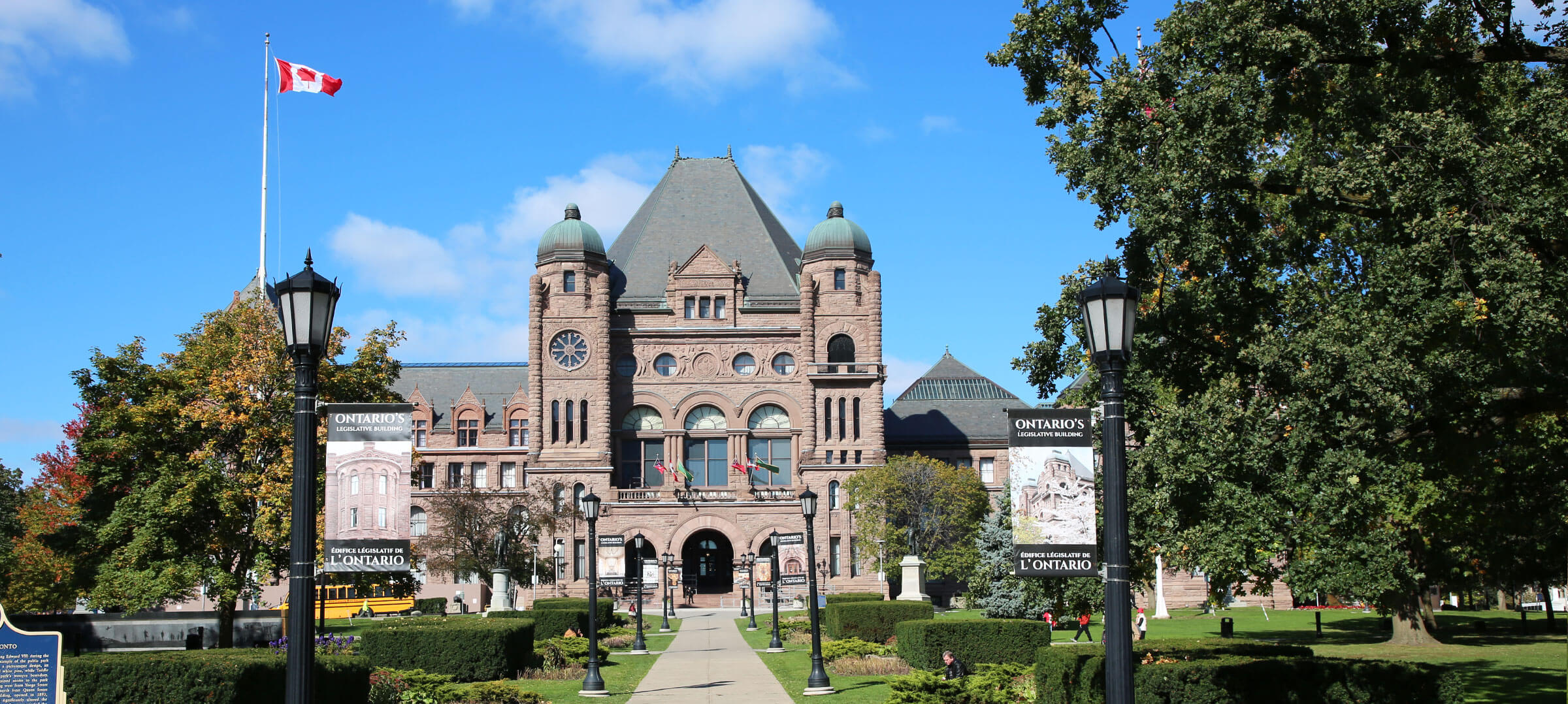EPA only has jurisdiction in the USA. I own a completely stock and street-legal motorcycle which has no EPA (or DOT or any other US-related) compliance markings on it because it is a model that was never sold in the USA. The EPA stuff carries no legal meaning here. Transport Canada means something here ... but Transport Canada doesn't require those compliance markings.
There is no separate emissions warranty on motorcycles in Canada. Cars and trucks, yes. Motorcycles, no.
Now ... technically, any modification that could affect emissions on a road legal vehicle is a violation of the Clean Air Act. In Canada, that falls under the jurisdiction of Environment Canada (federal agency) to enforce it. And yes, every once in a while, they will get together with the OPP and do an enforcement blitz, generally on commercial vehicles, sometimes as part of the so-called "street racing" activities (generally they only pay attention to modified cars). Motorcycles? Never heard of it being done. I'm not sure either Environment Canada or the OPP have anyone qualified to do roadside assessments of motorcycle emission control components. Some very recent bikes never had catalysts. Some have them built into the muffler. Some have them built into the headers. Establishing whether the vehicle was originally built with an OEM catalyst, where it was supposed to be, and whether those catalysts are in place and functional requires research and potentially disassembly and inspection operations that aren't practical at a quick roadside inspection. Bear in mind that it is quite possible to take apart a muffler sufficiently to get at the catalyst, smash it out, and put it back together with no externally visible sign that anything has changed. It is also quite possible to take apart a muffler, do something internally to "de-restrict" it, carefully put it back together, and end up with a noisy muffler that preserves that valuable compliance label. It is also quite possible for corrosion and vibration and general wear and tear to do that job for you, over a period of time.
If Ontario were serious about preserving OEM emission system compliance then they would have continued the Drive Clean program and extended it to cover motorcycles (which it never did). Instead, they cancelled it. Now the cops can't even require the vehicle to get a Drive Clean inspection because the means to do so aren't available any more.
As a vehicle owner you're responsible for complying with the Highway Traffic Act ... not necessarily the requirements that the original manufacturer had to meet.
Law Document English View
"Every motor vehicle or motor assisted bicycle shall be equipped with a muffler in good working order and in constant operation to prevent excessive or unusual noise and excessive smoke, and no person shall use a muffler cut-out, straight exhaust, gutted muffler, hollywood muffler, by-pass or similar device upon a motor vehicle or motor assisted bicycle. R.S.O. 1990, c. H.8, s. 75 (1).
...
(3) The engine and power mechanism of every motor vehicle shall be so equipped and adjusted as to prevent the escape of excessive fumes or smoke. R.S.O. 1990, c. H.8, s. 75 (3)."
The word "excessive" isn't defined. It appears that if it's stock then it isn't "excessive". I've heard of riders of old two-stroke motorcycles being pulled over for emitting smoke ... had to get a mechanic to write up a letter stating that's how it always was. (I know who wrote up that letter)
And for the record, everything I own that's licensed for the road, still has its original emission control components (if it had any), if perhaps not the original muffler. The carbureted 1990 Yamaha has nothing in the way of emission controls - never did (the exhaust stinks). My high-mileage ZX10R still has all the emission control hardware in place including the catalyst built into the stock muffler, but I highly doubt that the catalyst does anything any more (the exhaust stinks - and sometimes it emits smoke! - burns oil ...).
















